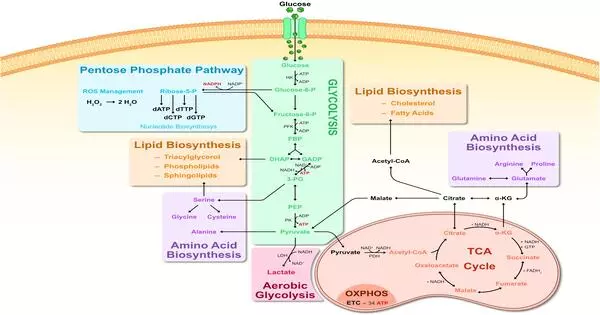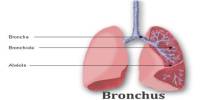A metabolic pathway is a linked series of chemical reactions that occur within a cell in biochemistry. It is a series of chemical reactions that take place within a cell in order to convert a substrate molecule or set of molecules into one or more end products. Metabolites are the reactants, products, and intermediates of an enzymatic reaction that are modified by a series of chemical reactions catalyzed by enzymes. These pathways are critical for living organisms’ proper functioning, growth, and maintenance. There are two types of metabolic pathways: catabolic and anabolic.
In most cases, the product of one enzyme serves as the substrate for the next in a metabolic pathway. Side products, on the other hand, are considered waste and are removed from the cell. These enzymes often require dietary minerals, vitamins, and other cofactors to function.
Key Concepts in Metabolic Pathways:
- Enzymes: Biological catalysts that facilitate and regulate chemical reactions in metabolic pathways.
- Substrates and Products: The starting molecules in a pathway are called substrates, and the end products are called products.
- ATP (Adenosine Triphosphate): A common energy currency in cells. ATP is often used to provide energy for metabolic reactions.
- Feedback Inhibition: A regulatory mechanism where the end product of a metabolic pathway inhibits an enzyme earlier in the pathway, preventing the overproduction of that product.
- Coenzymes and Cofactors: Molecules that assist enzymes in their catalytic functions. Examples include NAD+ and FAD in cellular respiration.
There are two types of metabolic pathways that are characterized by their ability to either synthesize molecules with the utilization of energy (anabolic pathway), or break down complex molecules and release energy in the process (catabolic pathway).
- Catabolic Pathways: Catabolic pathways involve the breakdown of larger molecules into smaller ones, releasing energy in the process. Cellular respiration is a catabolic pathway that breaks down glucose into carbon dioxide and water, releasing energy that the cell can use for various functions.
- Anabolic Pathways: Anabolic pathways involve the synthesis of larger molecules from smaller ones, which consumes energy. Protein synthesis is an anabolic pathway that involves the bonding of amino acids into a polypeptide chain, which requires energy.
Different metabolic pathways function differently depending on where they are within a eukaryotic cell and the importance of the pathway in the given compartment of the cell. The electron transport chain and oxidative phosphorylation, for example, all take place in the mitochondrial membrane. In contrast, glycolysis, the pentose phosphate pathway, and fatty acid biosynthesis all take place in a cell’s cytosol.
















